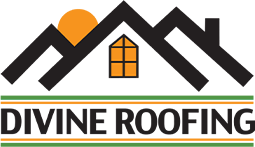Over the years, we’ve seen a lot of interesting types of roof damage, and unfortunately not all of it is just from average aging or wear and tear. For many homeowners, the damage to their roof may have actually been their doing. Myths, misinformation, and urban legends have all led to homeowners developing a number of bad habits, especially when it comes to their homes, and what they can and can’t do with them.
To help you take better care of the roof over your head, our Colorado Springs roofers have a few tips that can help you break some of these bad habits. In doing so, you can actually help your roof last longer and need fewer major repairs over its lifespan.
Letting Trees Overgrow
Trees are beautiful. They provide us with shade, color, and oxygen amongst many other benefits, and that makes them popular property features. However, they’re also living things, and that means they will grow over time. Branches will continue to grow and spread, and that means they’ll extend out over your roof if the tree is planted close to your foundation.
Letting trees overgrow can actually cause some serious problems for your roof. On one hand, during the fall and winter season they’ll shed their leaves, and these leaves can fall into and clog up your rain gutters. Clogged rain gutters can lead to flooding and water damage to your roof. Not to mention a dead branch can potentially crack, snap, and fall onto your roof down below, causing serious damage.
Stapling Things to Your Roof
If you’ve seen the classic holiday film National Lampoon’s Christmas Vacation, the memorable scene where the main character heads up his ladder with his trusty staple gun to try and create the best Christmas light display in family history is actually an example of a bad habit that many people have: stapling lights. Staples may be a quick and easy way to tack Christmas lights onto your roof, but in doing so they also create tiny holes that are prime spots for water to get in. And people don’t always wait until the holidays to staple things to their roof, either—people will staple things like communications antennas or screw things like satellite dishes onto their roof without so much as a second thought.
This lets water pour into the decking of your roof, causing warping, rotting, mold growth, cracking, discoloration, and much more. And each of these types of damage dramatically shortens the lifespan of your roof and could lead to water dripping down into the home below, ruining drywall, furniture, flooring, or even valued possessions.
Not Cleaning Your Rain Gutters
We mentioned it before, but not cleaning out your rain gutters regularly is another way your roof could be seriously damaged. Leaves are not the only thing that build up in your gutters—dirt and dust, along with sticks, rocks, stones, mud, and plenty of other debris can all find its way into your gutter, preventing the water from draining away, and potentially leading to serious damage when melting snow or heavy rains cause water to build up in the gutter.
Walking on Your Roof When Not Necessary
One last thing that many people do which actually can come back to bite them later is walking on their roof when not necessary. Not only is it dangerous to walk on the average roof because of the large slope and possibly slippery surface, but it could actually damage your roof’s surface, or the structural material beneath it. This is why you should avoid walking on your roof at all costs, and only do so when absolutely necessary. For example, if a frisbee accidentally lands on your roof, simply climb on your ladder and then use a long pole or stick to try and knock the frisbee down toward you. This will not only prevent walking damage, but even keep you safer in the process.
If your roof has been seriously damaged, our Colorado Springs roofers can get it fixed! Contact Divine Roofing, Inc. at (719) 497-1005 today to request a repair.
